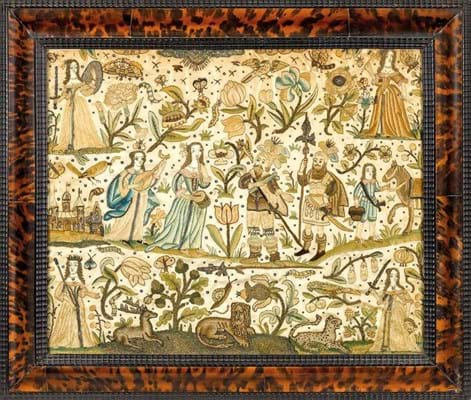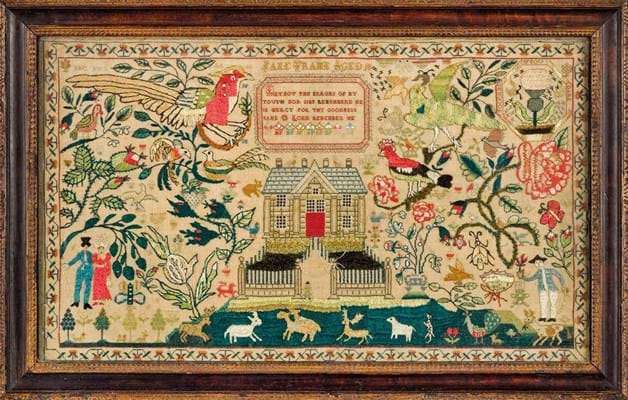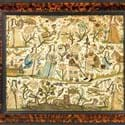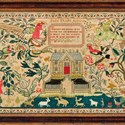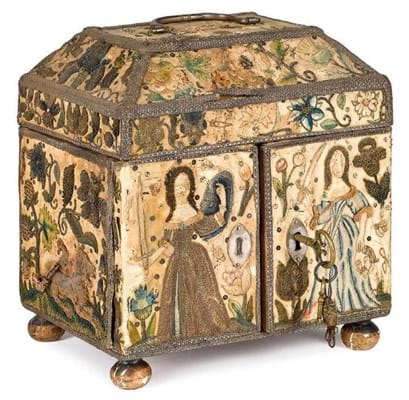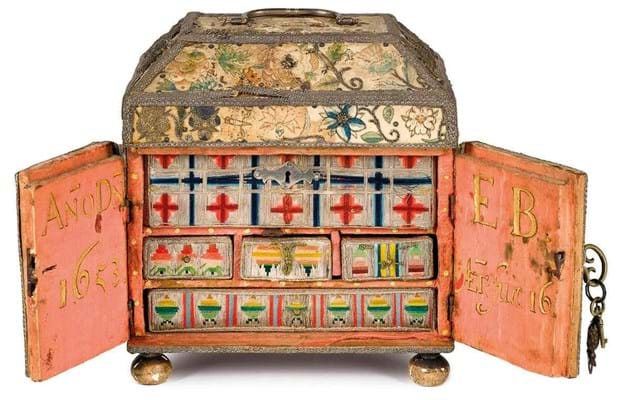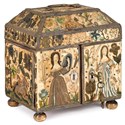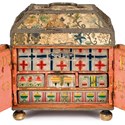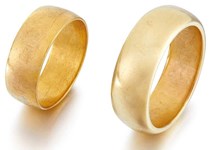Pook & Pook (23% buyer’s premium) of Downingtown, Pennsylvania, auctioned the extensive collection of folk art and related items formed by Joyce Bowes Collis over many years.
After working in interior decorating and advertising, Bowes Collis attended her first auction in the mid 1960s and purchased a cupboard which she sold shortly after.
It was then that she realised she could make a career out of her love of history and her passion for art.
She was a fixture at many shows as an exhibitor throughout the 1960s and into the early 2000s, and later was a regular attendee at the major East Coast shows as she continued to expand her collection.
Although she collected 18th and 19th century and contemporary American folk art, she also travelled to Europe, visiting France and the UK especially, making purchases there as well which were integrated into her collection.
The two-day sale in Downingtown on June 24-25 therefore offered a rich mix for potential purchasers and saw a high take-up, with 79% of the lots finding buyers.
European material
Among the European material offered was a section of 17th, 18th and 19th century British needlework, mostly in the form of embroidered samplers and pictures, that was particularly well received.
The most expensive piece was one of the earliest: a framed embroidered picture from the Charles II period. Measuring 16½ x 20¼in (42 x 51cm), this was worked in silks and metallic thread with a typical scene of figures in a landscape setting surrounded by further figures, birds, insects, animals and flowers.
Offered with an estimate of $6000-9000, it easily outpaced this guide to take $24,000 (£17,265).
Another popular piece from the same period was a stumpwork casket measuring 9 x 8in (21 x 20cm).
It was worked with figures and other motifs while the two front doors open to reveal a vibrantly coloured set of small drawers and the date and inscription Ano Dn 1653 EB Aet Suae 16. This realised $13,000 (£9350).
Most of the samplers were from the late 18th or 19th century but one early exception was a linen band sampler dated 1698 worked by Sarah Atter.
Of typical long narrow form, measuring 2ft 10in x by 8in (86 x 20cm), it was worked in silk embroidery with flowers, geometric motifs and inscriptions.
This sold for $12,000 (£8635), around three times the estimate.
Among the other samplers in the collection stiff competition emerged for a detailed 18th century example worked in coloured silks on linen by Jane Frame, aged 10, and catalogued as English or Irish.
The motifs included a central view of a Georgian house surrounded by various exotic birds and other animals, figures and flowering plants.
The 12½ x 21¼ in (32 x 54cm) embroidery was well preserved and was taken to $22,000 (£15,830), a multiple of the $3000-5000 guide.
£1 = $1.39/€1.16


